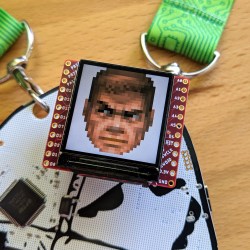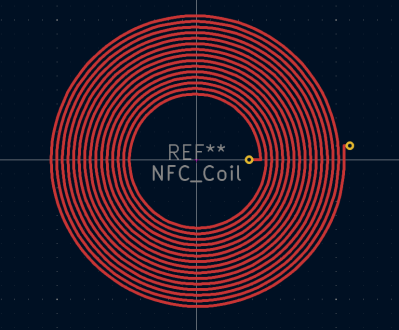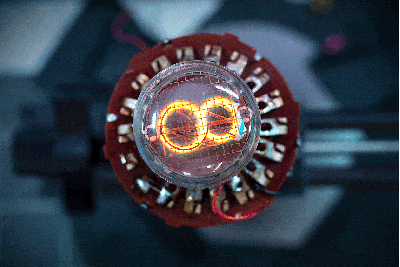More than a couple folks have written us saying that their entries into the Supercon Add-On Contest got caught up in the Chinese fall holidays. Add to that our tendency to wait until the last minute, and there still more projects out there that we’d like to see. So we’re extending the deadline one more week, until October 22nd.

If you’re just tuning in now, well, you’ve got some catching up to do. Supercon Add-Ons are another step forward in the tradition of renaming the original SAO. One of our favorite resources on the subject comes from prolific SAO designer [Twinkle Twinkie], and you can even download PCB footprints over there on Hackaday.io.
Don’t know why you want to make an SAO? Even if you’re not coming to Supercon this year? Well, our own [Tom Nardi] describes it as a low barrier to entry, full-stack hardware design and production tutorial. Plus, you’ll have something to trade with like-minded hardware nerds at the next con you attend.
We’ve already seen some killer artistic entries, but we want to see yours! We know the time’s tight, but you can still get in a last minute board run if you get started today. And those of you who are sitting at home waiting for boards to arrive, wipe that sweat from your brow. We’ll catch up with you next Tuesday!




















